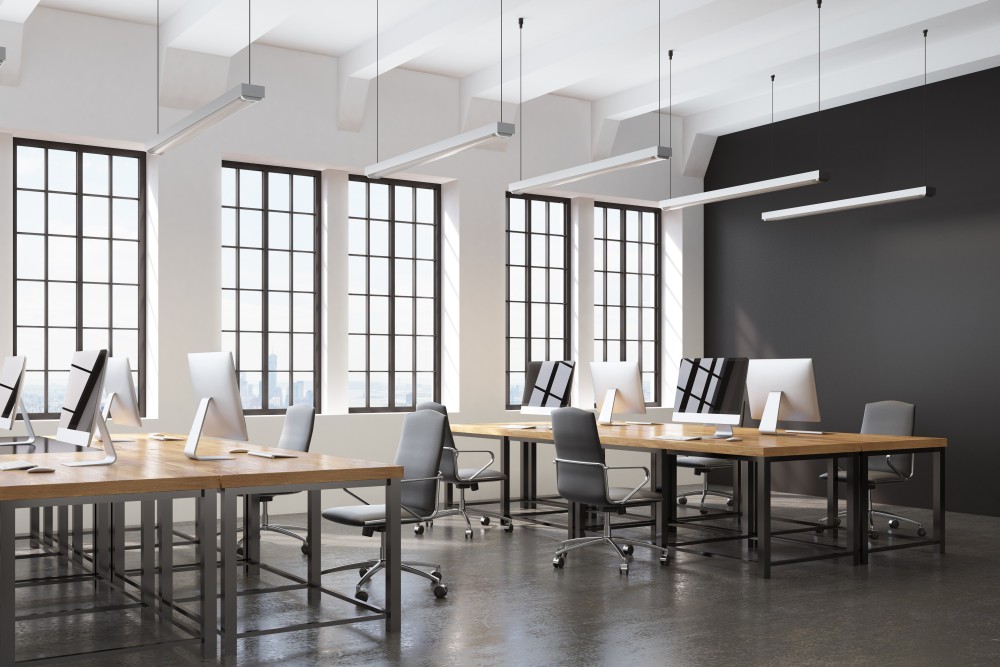Magda Borys
Phone (22) 452 45 34Open space

Many tenants, along with a change of their office space, are trying to streamline their operations, rightly concluding that such changes are easier to introduce when moving office. When choosing specific office space, you are faced with the decision in what form your office will work best - whether an office room system, the infamous open space, or perhaps an optimal mix of the two.
Open space myths
One of the main objections to open space is the distracting chaos, both in terms of the noise and the movement of office workers between the cramped workstations. Undoubtedly, the concentration of a large number of people working in shared space creates a much higher level of noise than when divided into small teams working in sound-proof office rooms. This is not, however, an immanent feature of open space. Today's market trends in the workplace solutions industry show us that these problems may be eliminated at low cost. Increasingly more companies are choosing to be flexible about using office space, giving employees a variety of meeting rooms for short-term teamwork, implementing a shared office system, or placing multiple cubicles for making calls or individual work, which significantly reduces the level of noise.
Improved communication
An undoubted advantage of open space is the significant improvement of communication between employees who, instead of wandering the corridors between offices, can directly approach another employee who is several desks away, saving the company a great deal of wasted travel time. At the same time, employees are much more sociable when, instead of isolating themselves in separate rooms, they have the impression of participating in a joint venture.
Space optimization
Another benefit of using such an office layout is that it definitely reduces the office space needed, which obviously translates into savings. The market standard is a factor of about 10 sq.m of open space per person, while the office room system requires about 15 sq.m per person. Increased productivity and shortened flow of documents also generate savings for the company. According to research conducted by IBM, the time savings in the open space systems reached 30%.
Summary
The choice of a specific work organization system in the new office is, ultimately, the tenant's decision and depends on the type of activity or the employees' preferences. However, it is hard to imagine a law firm operating in the open space system or a call centre in office rooms. Open office is certainly not to be feared, especially if you have the help of specialists who will make your layout friendly and functional.